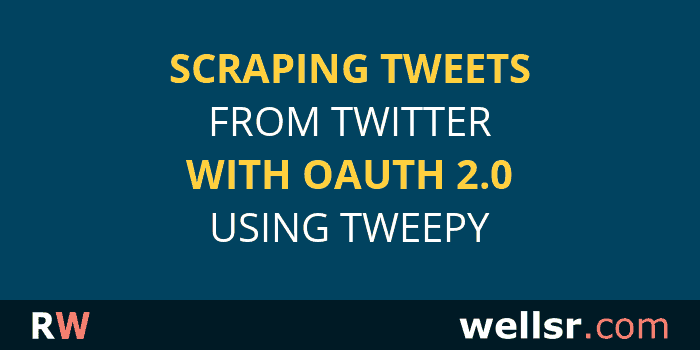
Scraping Tweets from Twitter with OAuth 2.0 using Tweepy
Sep 16, 2022
Let's learn how to scrape tweets from Twitter with their OAuth 2.0 authentication protocol by using the Tweepy Python library.
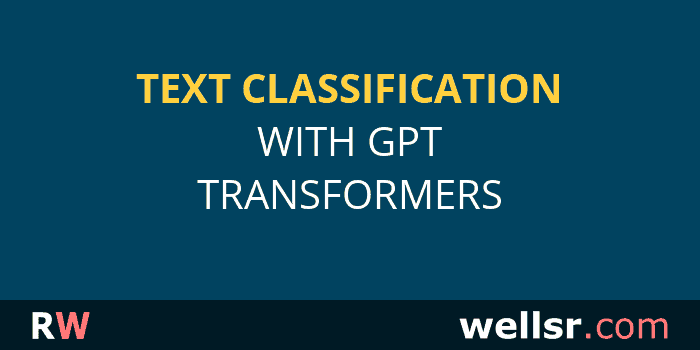
Text Classification with GPT Transformers
Sep 5, 2022
Learn how to perform text classification with the GPT-J transformer. As an example, we'll fine tune the GPT-J transformer for fake news detection.

Ultimate VBA Training Bundle
$120.00 $57.00
Want to learn more programming languages? We've combined each of our comprehensive VBA reference guides into a single bundle with over 200 tips and macros covering the 125 most important topics in VBA.
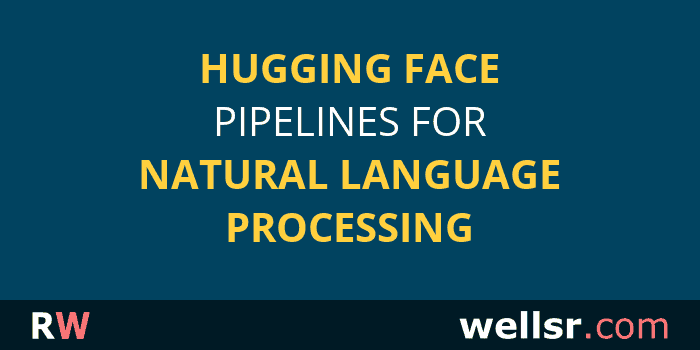
Hugging Face Pipelines for Python Natural Language Processing
Aug 27, 2022
We're going to walk you through how to use Hugging Face pipelines for natural language processing tasks, like text classification, text generation, question-answering and more.
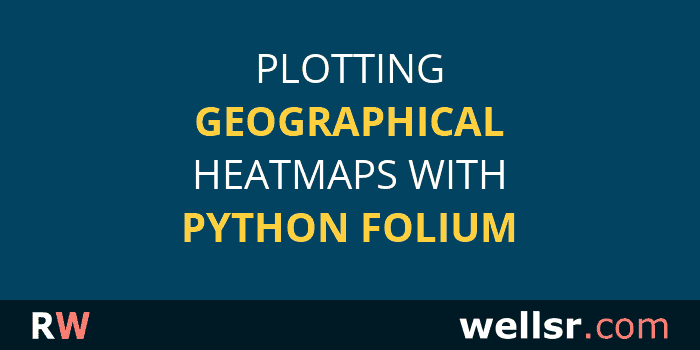
Plotting Geographical Heatmaps with Python Folium
Aug 19, 2022
This tutorial explains how to plot geographical heatmaps with the Python Folium module. We'll show an example where we plot a heatmap for US states populations.

Shallow Copy vs Deep Copy of Python Objects
Aug 13, 2022
You will study the difference between shallow and deep copies of Python objects and how to create them using the copy() and deepcopy() functions, respectively.
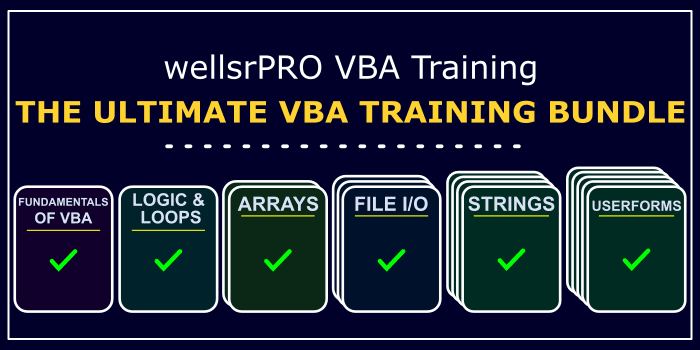
Thought about learning VBA?
$120.00 $57.00
We created a suite of 6 VBA cheat sheets with over 200 tips showing you everything you need to know to start making power Excel applications. Take a look!
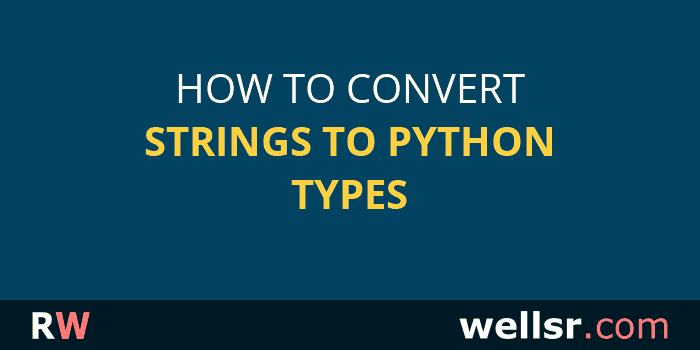
How to Convert Strings to Python Types
Aug 6, 2022
This article explains how to convert strings to Python types using custom codes, json.loads() functions, and ast.literal_eval() functions.
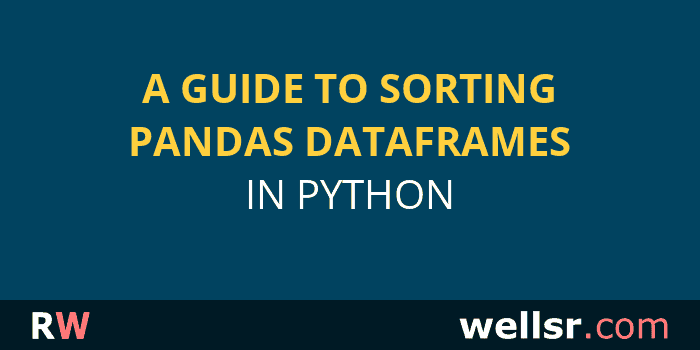
A Definitive Guide to Sorting Pandas DataFrames in Python
Jul 21, 2022
This guide will show you everything you need to know about sorting Pandas DataFrames. We'll show you how to sort pandas dataframes by column values, column names and index values.

Python Virtual Environment: When and How to Use it?
Jul 15, 2022
A Python virtual environment is an isolated directory that contains the Python interpreter, packages, dependencies and scripts installed within that isolated directory. We'll show you when to and how to use them.
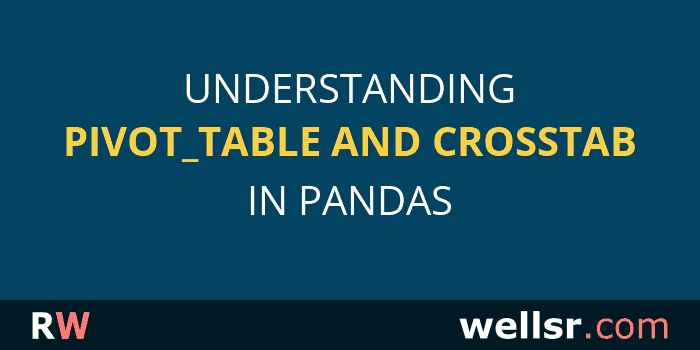
Understanding pivot_table and crosstab Functions in Pandas
Jul 1, 2022
The Pandas pivot_table and crosstab functions are great for summarizing data. In this tutorial, we'll describe ways to use the pivot_table and crosstab functions in Pandas.
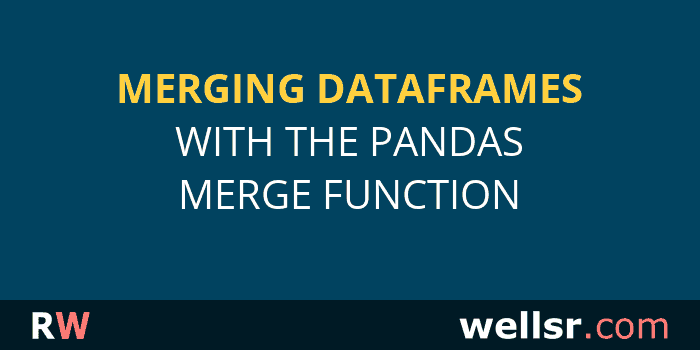
Merging DataFrames with the Pandas Merge Function
Jun 22, 2022
This tutorial explains how to merge Pandas DataFrames using the Merge function. Much like joining tables in SQL, we're going to explain left, right, inner and outer joins using the Pandas Merge function.
subscribe via RSS